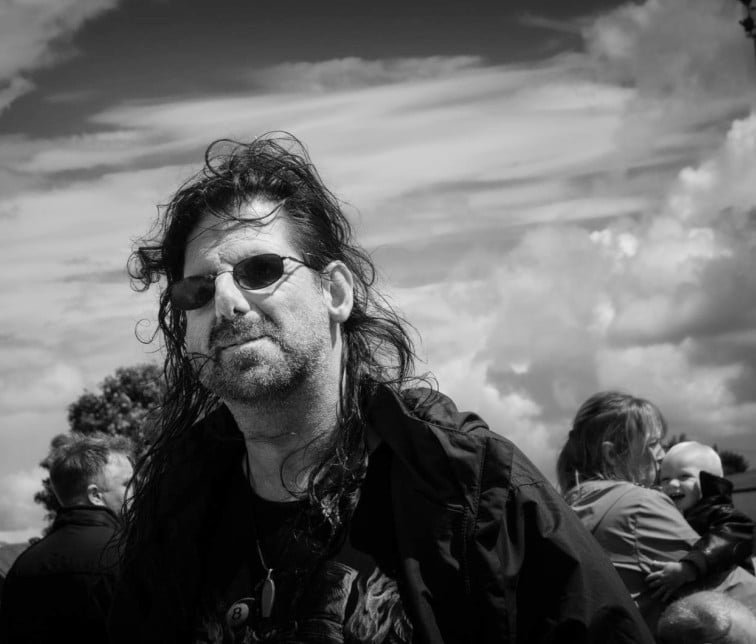Street Photography – Cutting the Crap
Think of a street photographer, one of your favourites. It could be anyone from CartierBresson to someone whose pictures you like on Facebook. Now think about their photographs, the really memorable ones. The ones that immediately spring to mind when someone mentions the photographer’s name. Chances are there won’t be all that many. Even the greats are known for relatively few images.
Therein lies the problem facing photographers today. If even the greats have relatively few ‘great’ images out of the many thousands they have taken what hope for the rest of us?
Out of the millions of pictures posted on Facebook, Instagram, Flickr and so on how can we make sure that at least a few of our own photos are amongst the memorable ones?
Street photography in particular seems to be going through a resurgence. Maybe it’s down to easier access to high quality small cameras; maybe it’s just because everyone has a camera with them all the time in their mobile phone. Maybe street photography is suddenly “cool”.
However, this popularity brings its own problems; inevitably most photographs will not be classics and the sheer number of pictures makes it harder to spot the truly memorable ones. The first step must be to make sure that the photograph itself is interesting. This does not necessarily mean that it’s technically perfect or even that it is one with the most ‘likes’.
Of course everyone will have a different view on what constitutes an ‘interesting’ photo but a key factor must be that the picture tells a story. A distinction might be made between single images and those that make up a series or photo essay as in this case it is the set of pictures that tells the story.
But back to single images; the type we post every day on the Facebook groups; how can we be sure that they are interesting and tell a story?
A suggestion: describe your photograph in a single sentence. It doesn’t need to be poetic or especially descriptive, just say what you see. If the sentence you’ve written tells you everything you need to know then the chances are that the picture fails the ‘interesting story’ test. If you find that the sentence leaves you wanting to know more then maybe your photograph warrants a closer look and will capture the viewer’s imagination.
Take the following examples:
1. “A man with long hair and dark glasses is stood under a cloudy sky.”
2. “A long haired man with dark glasses is walking away from a woman kissing a child.”
The first example says it all; the second poses the question ‘why is he walking away?’ or ‘what is the relationship between them?’
If the reader/viewer wants to know more then maybe the picture works.
Undoubtedly there is more to determining what makes a good street photograph than this but it could be a useful tool in deciding which picture is worthwhile and which should be consigned to the reject pile.



John, well put. I like your ideas and thoughts here.